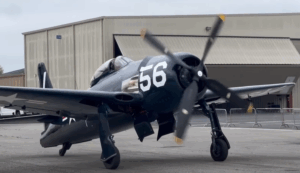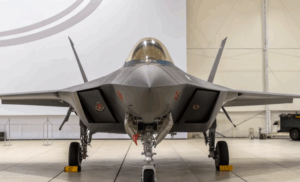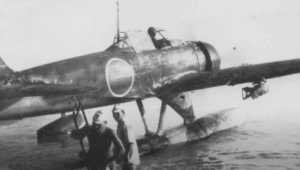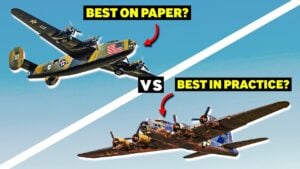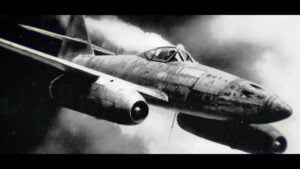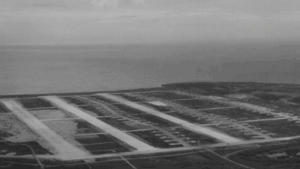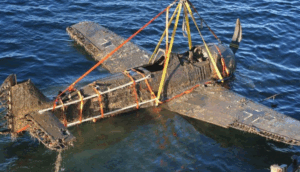The Five Most Iconic Planes of World War II
YouTube / Sideprojects
Buckle up as we take a laid-back stroll through the clouds and revisit the coolest planes that saw action in World War II. From sleek fighters to sky-dominating bombers, get ready to meet the five most iconic planes of the Second World War:
Supermarine Spitfire

The Spitfire is an extremely iconic WWII plane featuring a revolutionary elliptical wing, a 27-liter Rolls-Royce V-12 engine, and eight Browing .303 machine guns.
With its innovative wing, impressive climb rate, and responsive handling, it was an equal match for Luftwaffe adversaries such as the Messerschmitt Bf-109. 10,000 Spitfires were built during the war, racking up thousands of kills.
North American P-51 Mustang
The North American P-51 Mustang is arguably the most iconic fighter of WWII. The addition of the supercharged Rolls-Royce Merlin, and eventually a Packard-built Merlin variant, made it carve out its place in aviation history. Later versions featured high-visibility bubble canopies and six .50-caliber machine guns holding two thousand rounds of ammunition.
However, ultimately, it was the Mustang’s impressive range that propelled it to stardom. Some claims say that Mustangs were responsible for destroying nearly 5,000 enemy planes.
Messerschmitt Me 262

This plane may not have changed the tides of the war like many planes on this list did, but it earned its status as the world’s operational jet fighter.
The 262 featured two jet engines slung under its wings and gave a top speed of nearly 100 miles faster than its piston engine opponents.
Mistubishi A6M Zero

The Zero purportedly has a 10 to 1 kill ratio against enemy planes. It gained a reputation as a potent, formidable, long-range brawler that can operate from aircraft carriers and traditional airfields.
When it first entered service, it was regarded as the world’s best carrier-based fighter. It had an incredibly long range, a decent climb rate, and unparalleled maneuverability. However, in 1942, the tables started to turn as the likes of Corsairs and Hellcats began to appear, and by the end of the war, the Zero was just an outclassed plane.
Focke-Wulf FW 190

Although some historians and amateur aviation buffs consider this plane inferior to the Bf-109, the Fw-190 was widely regarded by pilots who flew it as the more rugged and well-rounded of the two.
The 190’s massive BMW radial engine produced more horsepower, allowing it to carry heavier loads, making it a natural bomber and ground attack plane, and a nimble fighter.
However, despite its success, it was continually plagued with its radial engine’s large cross-section that limited its top speed despite the upgrades made. Still, although it lacked the speed of some of its contemporaries, the Fw 190 was a lot more maneuverable, and versatile, and packed a bigger punch with its array of 20mm cannons.














